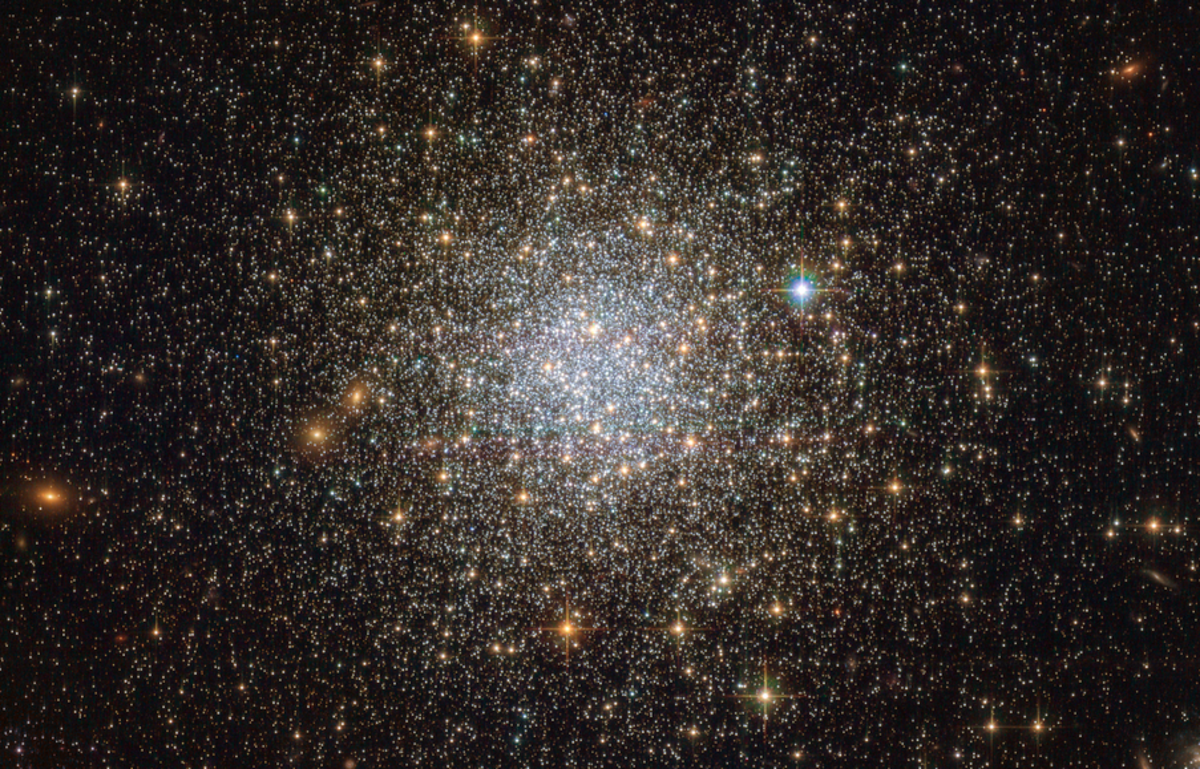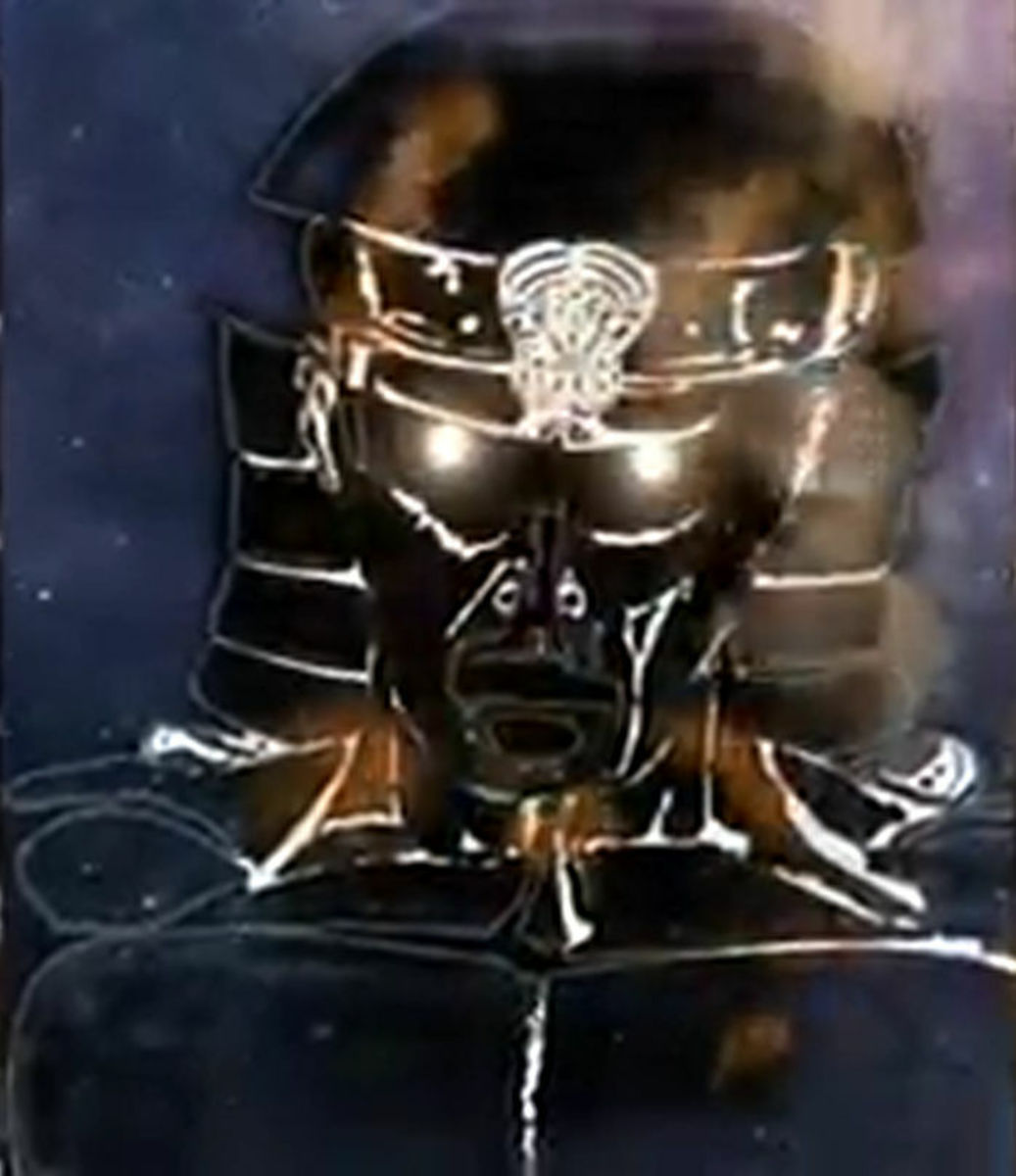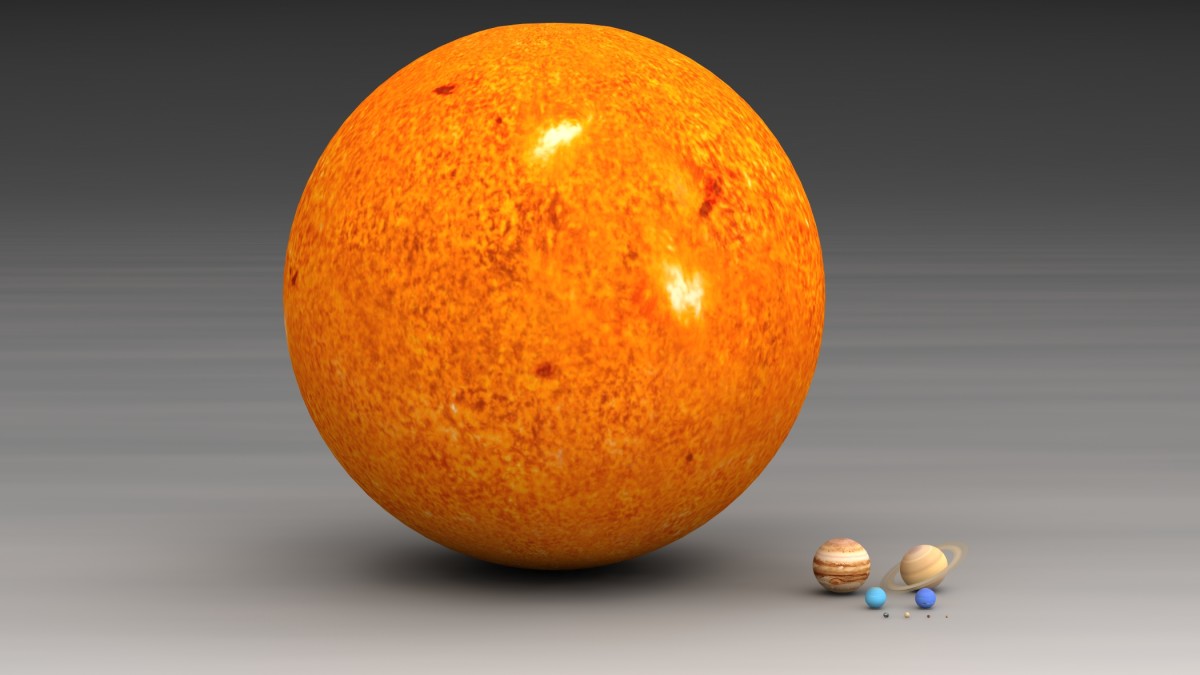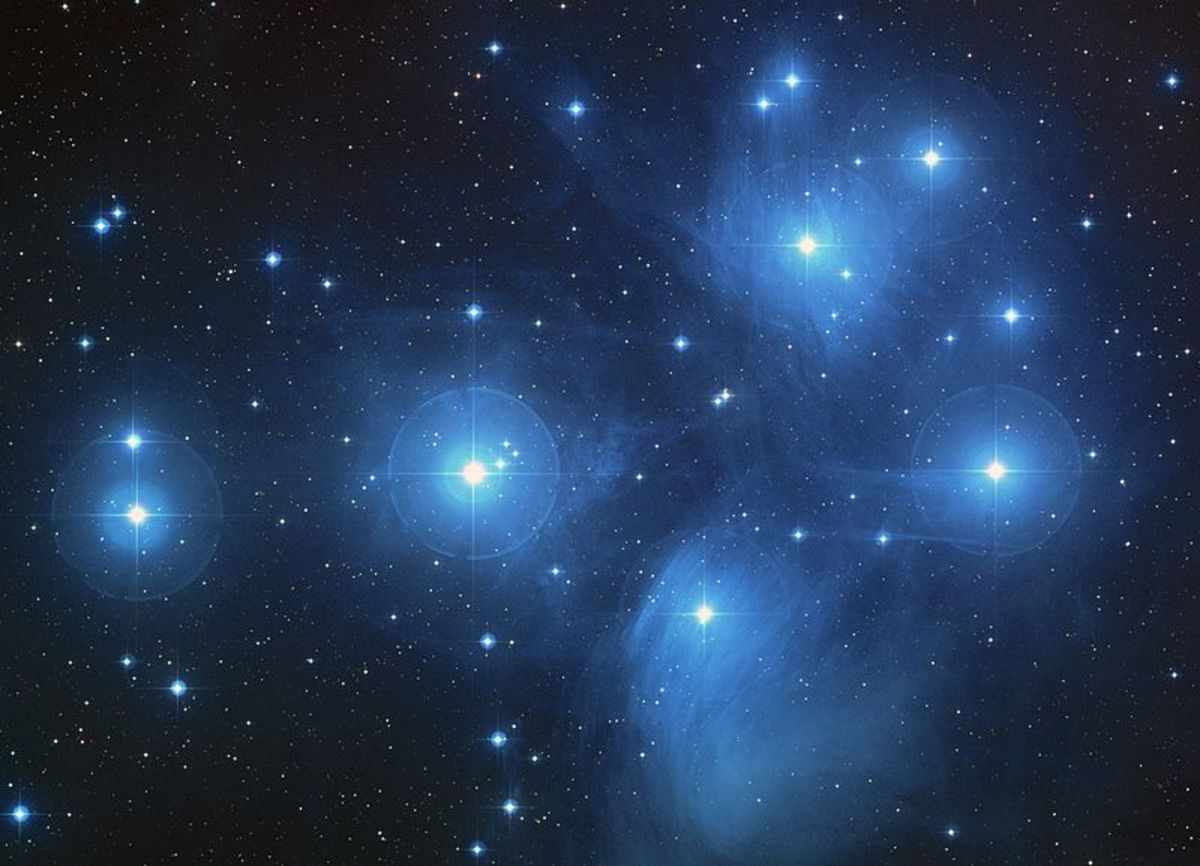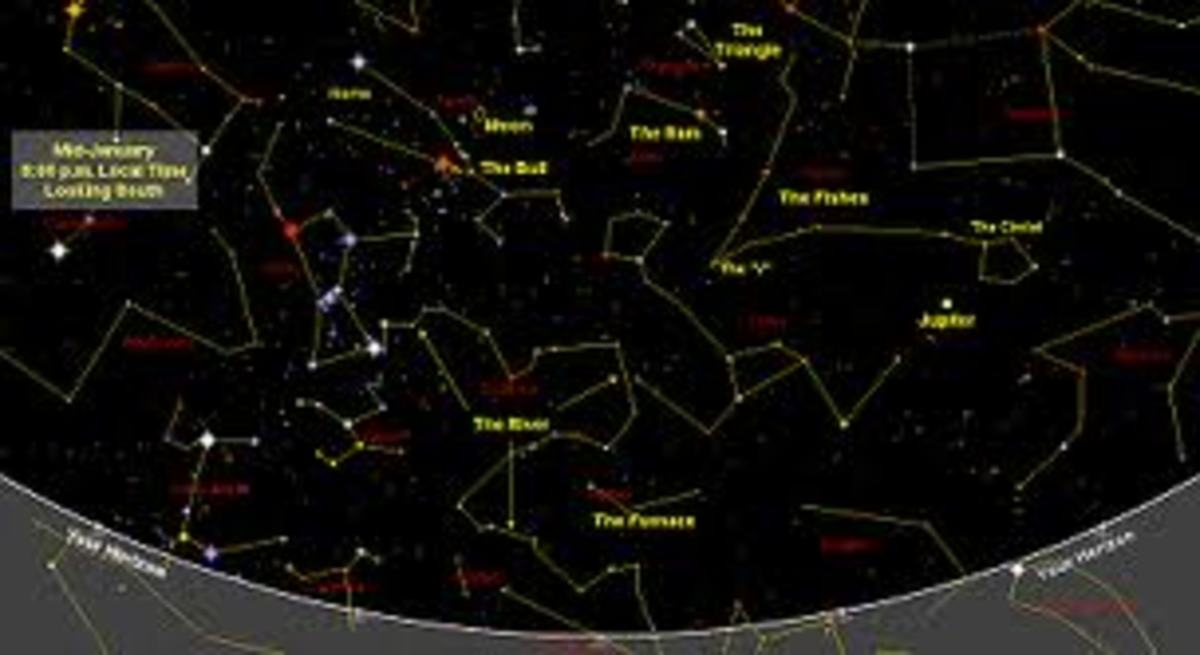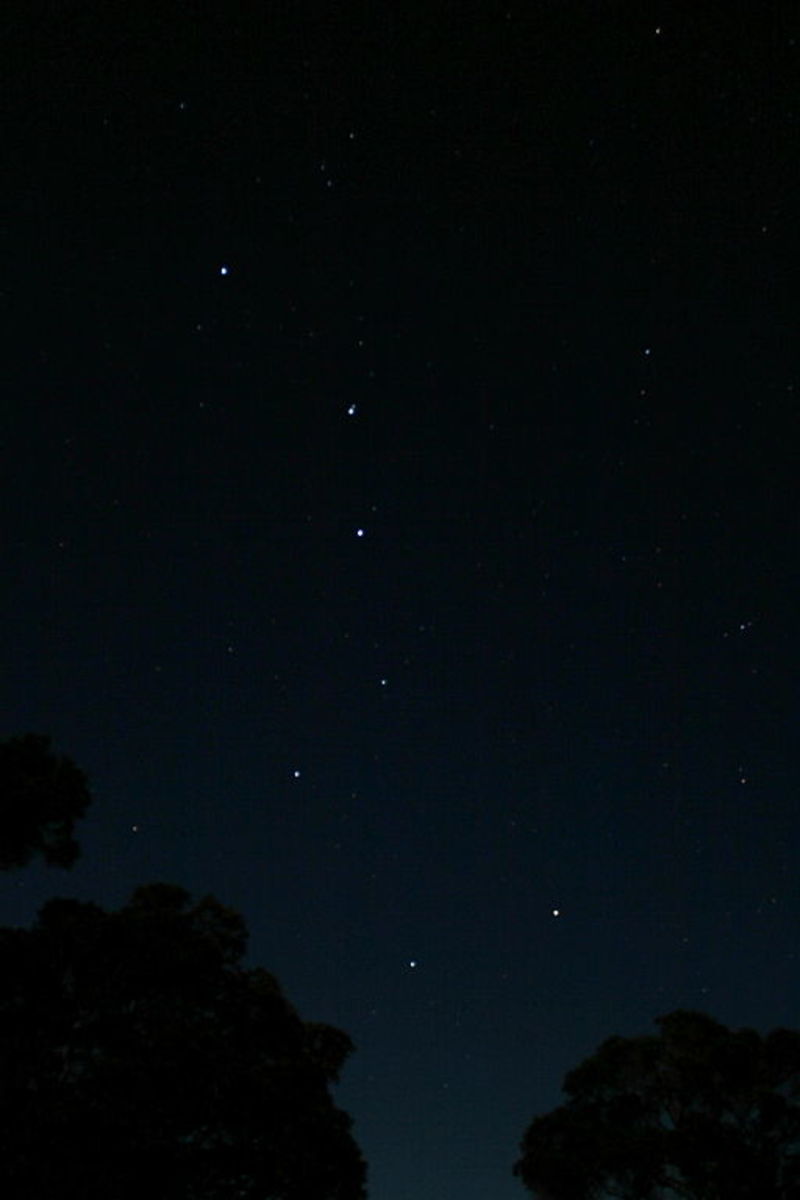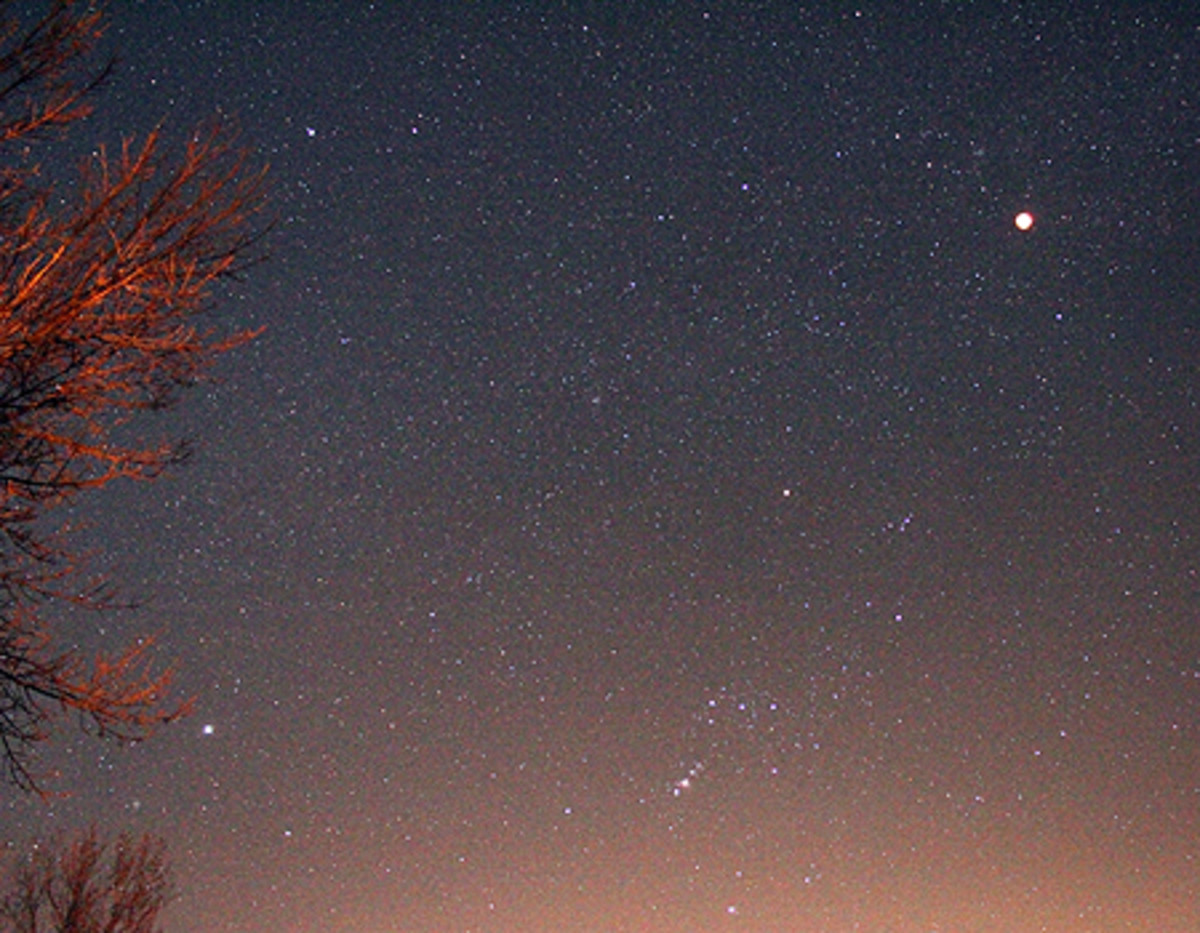A Star Is Born: What Is A Star?
A Star Is Born.
The life of a star in at once complex, and also a simple thing. There are stellar nebula that birth hundreds, to hundreds of thousands of stars. Most stars are born in these cosmic nurseries, giant clouds of mostly hydrogen gas that will condense into super hot plasma under the right conditions.
Fluctuations in the cloud cause a increase in mass, in a particular spot, which accumulates more mass. This reaction will continue until the gas reaches a density where the hydrogen is fused into helium. This condensation process is stopped by the fusion process through radiative pressure which counteracts the gravitational pressure, and the rest of the heat is distributed through convection currents.
Though a star can not form until the angular momentum from the collapsing gas is lost. That is why many stars are found in binary systems, this way the momentum can be shared by 2 or more stars. Most stars we observe are in binary pairs, which makes scientists think that our own sun was at one time part of a system like this. Although there is no direct evidence for this, a star may be ejected from the system which may be why we no longer have a second star.
The Most Important Star Known To Man.
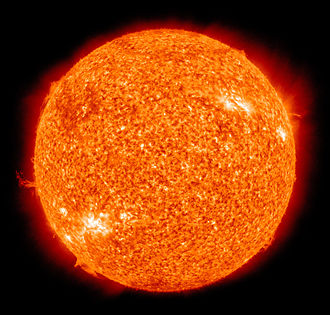
The Life Of A Main Sequence Star.
During the course of its life, a star will fuse much of its hydrogen into helium. Astronomers call this period the main sequence. Most stars spend about 90% of their life on this main sequence stage, and depending on the size of the star this can last for millions, to trillions of years. Stars that are more massive than our sun will burn through their hydrogen supply at a much faster rate, and smaller stars use theirs much more slowly. A star that is about 25% as massive as the sun will use most of its hydrogen fuel, yet our own sun will only use about 10% of its supply.
Size Comparisons Of Known Stars.

How Will A Star Die?
The death of a star can be a cataclysmic display known as a supernova, or it can be a simple sigh, in stellar terms. Depending on the mass of a star, its death will be different. A small star will be relatively boring. When its fusion process stops it will just collapse into itself and form a dwarf star. Super massive stars go through different stages. First the main sequence where they burn through their hydrogen in a few million years. Then without the radiative pressure from the hydrogen fusion the core of the star will collapse. This will cause a new fusion process to begin, the fusion of helium into carbon. And after the helium is gone it will fuse the carbon into other heavier elements, until the core is solid iron. When this happens the star is no longer able to continue the process, because fusing iron takes more energy than it can produce. So without the radiative pressure in the core, the whole thing collapses, and the core forms into a neutron star. When the outer layers of the star hit the neutron core, they will bounce back with massive force known as a supernova.
“The nitrogen in our DNA, the calcium in our teeth, the iron in our blood, the carbon in our apple pies were made in the interiors of collapsing stars. We are made of starstuff.
— Carl SaganSixty Symbols
Stellar Remnants.
After the death of a star, there will still be something there. It might even be called a star. There are neutron stars, white dwarf stars, and everyone's favorite, black holes. These stellar remnants can teach us many things about the life of a star. For example we know from studying other stars that our own star will most likely turn into a white dwarf star at the end of its time.
Other massive stars will collapse into the ultra dense objects known as neutron stars. These objects are so massive that they overpower the electromagnetic forces that keep electrons in orbit around protons. When this happens the proton electron pairs will combine into neutrons with the density of atomic nuclei. So you could say that, in a sense, neutron stars are giant atoms! If the star is sufficiently massive it can even become a black hole, whose gravity is so great that the escape velocity is greater than the speed of light!
Scishow.
Stars.
The stars have fascinated people for longer than there has been civilization. People have worshiped stars as gods, and spirits. They have been used as navigational tools, and as tools of prediction. And people have made up stories, and songs about the constellations. Today we know more about the stars then ever before, but they still have much to teach us about the universe, and ourselves.
What do you think?

